NEPA is the acronym for the National Environmental Policy Act. NEPA’s purposes included setting national policy to encourage productive and enjoyable harmony between humans and their environment; promoting efforts that will prevent or eliminate damage to the environment; and, enriching the understanding of the ecological systems and important natural resources. See 42 U.S. C. 4321 for additional details. To promote these purposes, NEPA defined processes federal agencies must follow when they propose an action, grant a permit, or agree to fund or otherwise authorize any other entity to undertake an action that could possibly affect environmental resources. Thus, an EA (Environmental Assessment) or an EIS (Environmental Impact Statement) are resulting products of NEPA analysis. Generally speaking, NEPA’s requirement is simply to engage in the a process that analyzes the effects on the environment with public input and disclosure, before taking action.
Once a project is determined to have a federal nexus to require NEPA, the first stage in the process is scoping. In scoping the lead federal agency asks for comment and input from the public as to the nature and the extent of the issues and impacts to be addressed in the EIS. It is during scoping that your comment on the proposed action’s effect on you or the environment, rangeland resources, water sources, wildlife, livestock grazing, cultural resources, and the like, are required. During scoping, you can identify a reasonable alternative solution, state that alternative with specificity, and request that it be considered in the NEPA process. In the end, your input in the scoping process could change what the agency determines are the issues and what alternatives might be considered when that lead federal agency prepares the Environmental Impact Statement.
NEPA processes do NOT give the agency authorization to proceed on a project or provide funding for a project. It is merely one required step in the federal process of decision making. Once NEPA is completed, the agency usually issues a ROD (Record of Decision) that outlines how, or under which alternative, the agency may proceed forward. Generally speaking, lawsuits related to NEPA seek declaratory judgments or writs of mandamus to establish the NEPA obligations (ie the agency needs to follow more process). NEPA does not authorize awards of attorney’s fees and expenses for prevailing parties unless a plaintiff can qualify under EAJA, 28 USC 2412.
NEPA, is the only the precursor to agency action. If your rights or interests may be affected by a proposed action, now it the time to start positioning yourself to show harm so that you may be adequately compensated in separate proceedings should the proposed action proceed.
In Fallon Nevada, NEPA scoping began for the Fallon Range Training Complex Modernization’s proposed action that will 1) renew existing 202,589 acres of public land withdrawal that is set to expire on November 6, 2021; 2) withdraw and reserve for military use 604,744 acres of additional public land to expand existing land ranges; 3) acquire 65,160 acres of “non-federal” land (think state owned or privately held) to expand existing land ranges; 4) expand special use airspace, as well as reconfigure existing airspace; and 5) modify range infrastructure to support he expansion. Scoping Comments are due, pursuant to the Federal Register Notice, on November 25, 2016 (see, Vol. 81, No. 166 at 58919 dated August 26, 2016). See also, www.frtcmodernization.com for more information relating to the proposed action.
This expansion will include several grazing allotments. Some of these allotments will be completely closed to grazing, while others will be modified in some way. Both the Nevada Farm Bureau and the Nevada Cattlemens Association are working to prepare comments in this scoping process, however you should also submit your own comments related specifically to your affected areas. A map of the effected grazing allotments in relation to the proposed action can be found at: https://frtcmodernization.com/portals/FRTCModernization/files/maps/FRTCLM05140v11_NAS_Fallon-Proposed_Land_Renewal_and_Expansion_Map_with_Grazing_Allotments.pdf
Once the scoping period closes, the agencies will prepare a draft EIS. According to the public meetings, the draft EIS is expected to be published in the Winter of 2018. After the draft is published, there will be another round of public meetings and another comment period relating to the draft EIS document. Currently the final EIS is expected in the Fall of 2019, with Record of Decision to be issued in the Winter of 2020.
Don’t wait to get your comments drafted as the November 25th deadline is the day after Thanksgiving!

 vot corners for taxation. House Bill 252 proposes additional language to Idaho Code, Title 63. This language would ensure county assessors classify pivot corners as agricultural land.
vot corners for taxation. House Bill 252 proposes additional language to Idaho Code, Title 63. This language would ensure county assessors classify pivot corners as agricultural land.
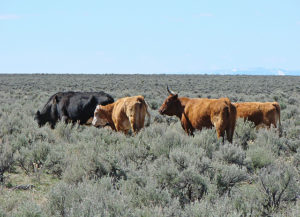

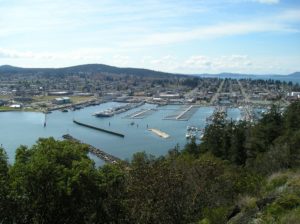



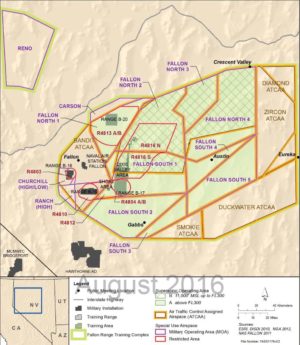



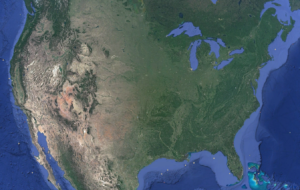

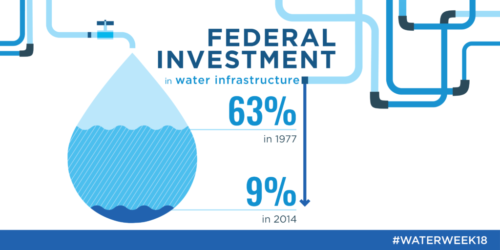 A few main events will take place during Water Week:
A few main events will take place during Water Week: 
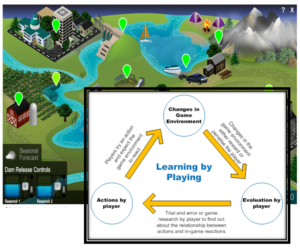



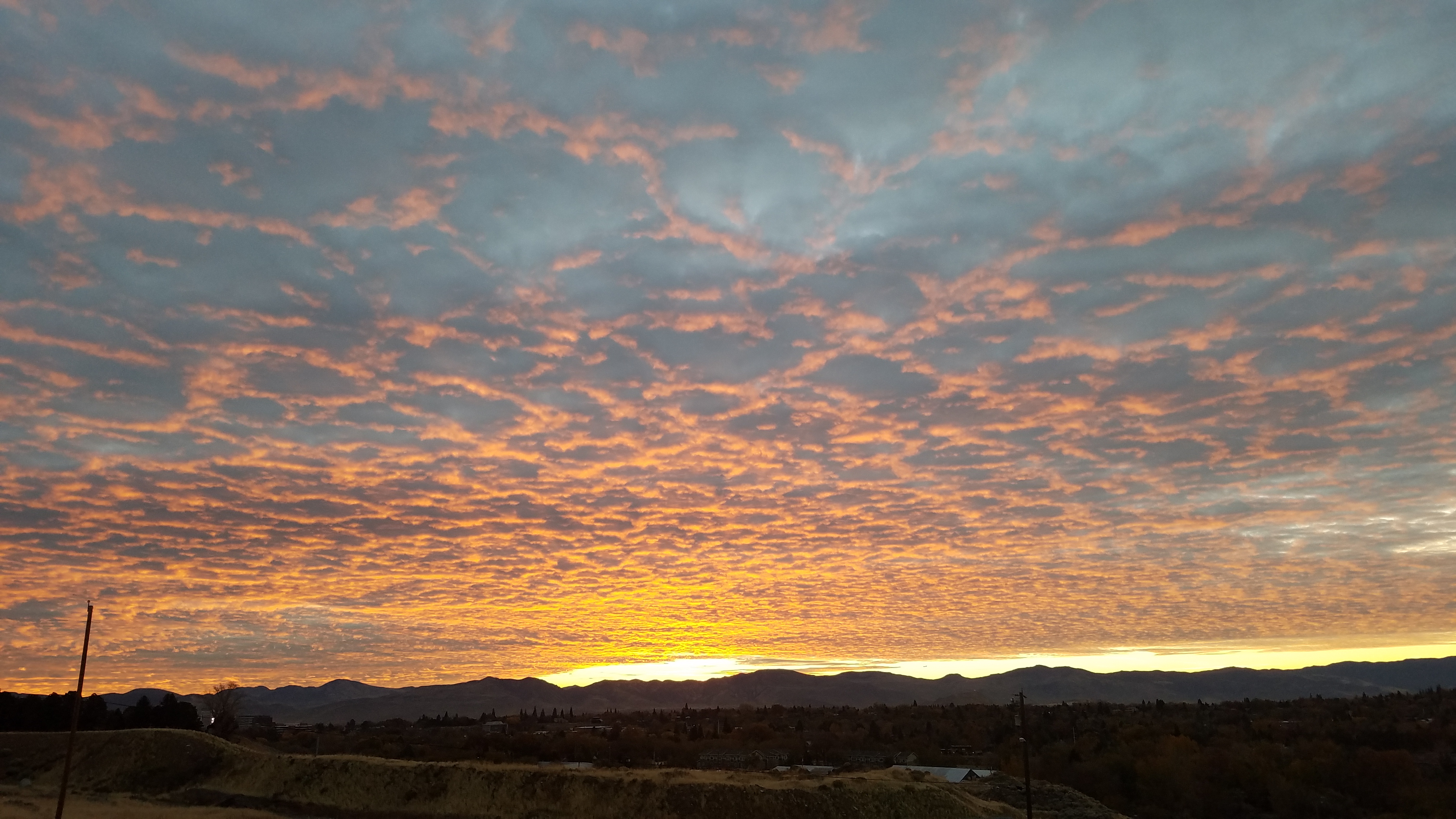



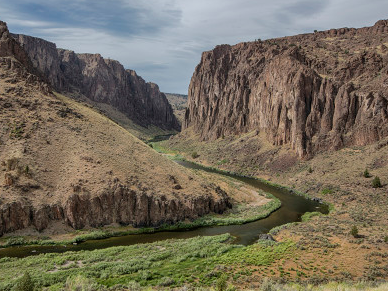 With the political race underway, one group has taken a hard look at land management objectives on federal lands. In response, this group prepared a list of the top ten ways to improve federal land management in an open letter to the United States Presidential Candidates. In summary, top ten items include:
With the political race underway, one group has taken a hard look at land management objectives on federal lands. In response, this group prepared a list of the top ten ways to improve federal land management in an open letter to the United States Presidential Candidates. In summary, top ten items include: